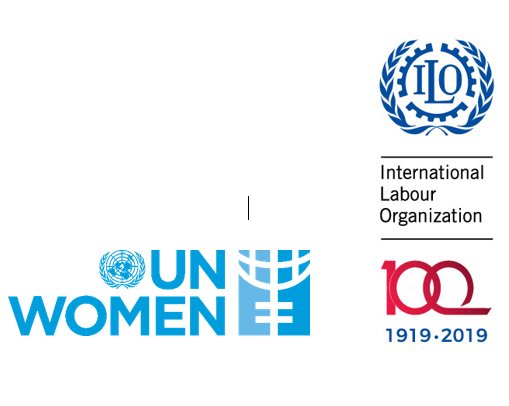Beyond the traditional, physical workplace, violence and harassment may occur in the broader “world of work”, including, for example, during work-related events, travel to and from work, in employer-provided accommodation or through work-related technologies.
Along with the massive growth of technology facilitating communications through e-mail and social media, there is an increase in technology-related violence and harassment (UNHRC, 2018; UN, 2015; Association for Progressive Communications, 2017). In some countries, the high level of abuse of women and girls through technology and social media has led to new national strategies to address “digital sexual abuse”, particularly affecting girls and young women (Danish strategy on Stepping Up Initiatives Against Sexual Abuse, agreed in 2017, cited in EC-OSB, 2017). In the world of work, technology can be used to target women, particularly those in specific occupations or positions with a high public profile, such as politicians, journalists, human rights defenders, and women’s rights campaigners.
Violence and harassment can also occur in public spaces, where work is carried out by front-line emergency workers (police officers, paramedics, ambulance technicians), municipal workers, transport workers, as well as street or market vendors (ILO, 2016e, point 5). The world of work may also include the home, where it is a place of work, for example, for homeworkers, domestic workers and teleworkers. Although all workers in these spaces may be affected by violence and harassment, women can be particularly exposed to it, because of prevailing social and cultural norms that promote the “acceptability” of women being sexually harassed. A further, key issue is that public spaces are frequently unsafe for women travelling to and from work, particularly affecting women working shifts and having to travel by foot or public transport in the dark or late at night. Preventative actions by local authorities – such as improving street lighting or the positioning of bus stops – can have a beneficial impact on making women’s, as well as men’s, lives safer when they commute to work.
The selected data below shows that women face multiple risks, experiences and fear of violence and harassment in public spaces, which frequently has an impact on their working life (UN Women, 2014):
- In a survey by the French national equality body, 100 per cent of women respondents reported that they had been sexually harassed or assaulted at least once while using public transport (Haute Counseil à l’Egalite entre les Femmes et les Hommes, 2015).
- In Great Britain, a YouGov survey estimated that two-thirds of women have been sexually harassed in a public place and that more than one-third have experienced unwanted sexual touching. Abuse is reportedly more common amongst young women aged 18 to 25, with 85 percent of respondents reporting unwanted sexual attention (UN Women, 2014).
- In New Delhi, India, survey data estimate that 92 per cent of women have experienced some form of sexual violence in public spaces in their lifetime; 88 per cent of women are also estimated to have experienced visual and verbal sexual harassment (unwelcome comments, whistling, leering or making obscene gestures) in their lifetime (UN Women, 2014).
- In Quito, Ecuador, a 2011 scoping study found that 68 per cent of surveyed women experienced some form of sexual harassment and sexual violence in public spaces, at least once in the previous year (UN Women, 2014).[1]
- In Port Moresby, Papua New Guinea, a 2011 scoping study in six markets found that 55 per cent of women experienced some form of sexual violence in market spaces in the previous year (UN Women, 2011b).
- A survey on sexual harassment of 2,200 women in Great Britain, India, Brazil and Thailand found that three-quarters of the women had experienced some form of harassment within the last month, mainly in public spaces (Action Aid UK, 2016).
[1] Scoping studies are a method used to comprehensively map evidence across a range of study designs in a specific area, with the aim of informing future programmes and policy.
